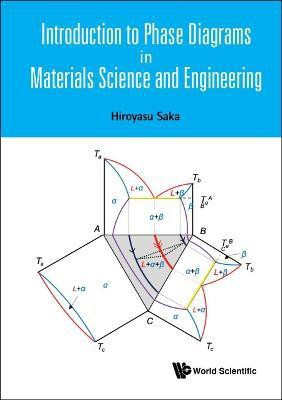Introduction To Phase Diagrams In Materials Science And Engineering(English, Hardcover, Saka Hiroyasu)
Quick Overview
Product Price Comparison
'... the author uses color drawings in two-dimensions (2D) and three-dimensions (3D) to help the reader better understand what is happening in the phase diagram. Examples of ternary compounds include important alloys such as stainless steels (Fe-Cr-Ni). These illustrations greatly help one to visualize important points described in each diagram and clarifies difficult processes by also including a step-by-step description of key points through the graph ... For material scientists and engineers who need to understand phase diagrams, this book can provide you with that basic knowledge that will make you an expert at reading these sometimes very complicated graphs.'IEEE Electrical Insulation MagazinePhase diagrams are a MUST for materials scientists and engineers (MSEs). However, understanding phase diagrams is a difficult task for most MSEs. The audience of this book are young MSEs who start learning phase diagrams and are supposed to become specialists and those who were trained in fields other than materials science and engineering but are involved in research and/or development of materials after they are employed.Ternary phase diagrams presented in Chapter 4 are far more complex than binary phase diagrams. For this reason, ternary phase diagrams are nowadays less and less taught. However, in ceramics and semiconductors ternary phase diagrams become more and more important. Recent software provides necessary information to handle ternary phase diagrams. However, needless to say, without fundamental knowledge of ternary phase diagrams it is impossible to understand ternary phase diagrams correctly. In this book ternary phase diagrams are presented in a completely original way, with many diagrams illustrated in full color.In this book the essence of phase diagrams is presented in a user-friendly manner. This book is expected to be a Bible for MSEs.


